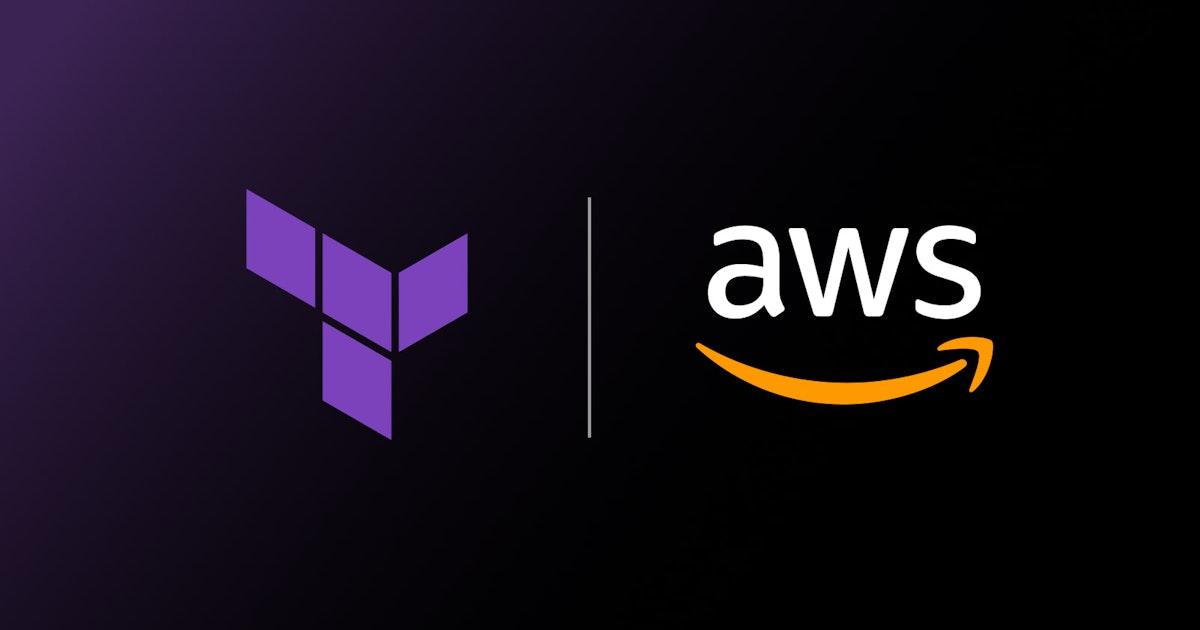The Pain Points of VPNs in Enterprise IT Analysis Report
5W1H Analysis
Who
The stakeholders primarily include enterprise IT departments, network administrators, and cybersecurity professionals. Organisations like HashiCorp are also involved, providing insights into the limitations of VPNs in dynamic environments.
What
The news focuses on the limitations of using Virtual Private Networks (VPNs) for enterprise IT, especially in securing remote access. It highlights the pitfalls encountered in modern, dynamic environments that demand more flexible and robust security measures.
When
The relevance of VPNs and their challenges in enterprise IT has been a growing concern over the last few years, with this particular analysis being published on 15th May 2025.
Where
The issues with VPNs are prevalent in global enterprise markets, particularly in regions with a high rate of remote work adoption such as North America, Europe, and parts of Asia.
Why
The push towards remote work and cloud-based solutions has increased reliance on VPNs. However, their inability to adequately secure complex and dynamic network environments is a primary concern driving a need to explore alternative solutions.
How
VPNs work by creating a secure tunnel over the internet between the user and the network. However, this method struggles with scalability and managing access in modern IT ecosystems that involve multiple cloud services and remote endpoints.
News Summary
VPNs, while effective for securing remote network access, face significant challenges in today's dynamic IT environments. As enterprises increasingly adopt flexible work models and cloud services, the limitations of VPNs in handling such complexities become evident. The industry seeks innovative alternatives that can provide enhanced security without compromising agility.
6-Month Context Analysis
In the past six months, there has been a noticeable shift towards zero-trust models and software-defined perimeter solutions as organisations recognise the shortcomings of traditional VPNs. The demand for more scalable and adaptive security frameworks has been driven by the intensified move to remote work and cloud integration. HashiCorp and other tech leaders have been actively discussing and promoting the transition to more secure and adaptable IT infrastructures.
Future Trend Analysis
Emerging Trends
The industry is moving towards zero-trust security models and adopting software-defined perimeters (SDP). There is also a growing interest in endpoint security solutions and AI-driven monitoring tools that can provide comprehensive security without relying strictly on VPNs.
12-Month Outlook
We expect increased adoption of zero-trust architectures and the emergence of hybrid security solutions that integrate VPN capabilities with modern security frameworks. Enterprises will likely invest more in cybersecurity infrastructure that supports agile business environments.
Key Indicators to Monitor
- Adoption rates of zero-trust models - Growth in cybersecurity investment - Innovations in AI and machine learning within security solutions - Increasing complexity in cloud service and remote work adoption
Scenario Analysis
Best Case Scenario
Organisations successfully implement zero-trust models, enhancing security while maintaining flexibility and scalability. This leads to reduced vulnerability in enterprise environments and boosts confidence in digital transformations.
Most Likely Scenario
A gradual shift continues towards hybrid security solutions. While some organisations quickly adapt, others remain reliant on traditional VPNs, leading to a mixed landscape where solutions are implemented based on specific enterprise capabilities and needs.
Worst Case Scenario
Failure to adapt could lead to significant security vulnerabilities and breaches, potentially disrupting operations and eroding trust in remote and cloud-based working environments.
Strategic Implications
- Enterprises should assess their IT environments to identify vulnerabilities related to VPN use. - Investment in research and adoption of zero-trust architectures should be prioritised. - Training for IT and cybersecurity staff on new security technologies is crucial to staying ahead of threats. - Regular reviews and updates of security protocols will enhance responsiveness to emerging cybersecurity risks.
Key Takeaways
- VPNs face significant challenges in securing dynamic and complex IT environments (Who, What, Where).
- Transition to zero-trust models and hybrid solutions represents a promising direction.
- Monitoring adoption rates for new security models will indicate industry shifts (Who, What).
- Organisations must balance investment in new technologies with existing security protocols (How).
- Proactive security training and infrastructure adaptation are essential (Why, How).













Discussion